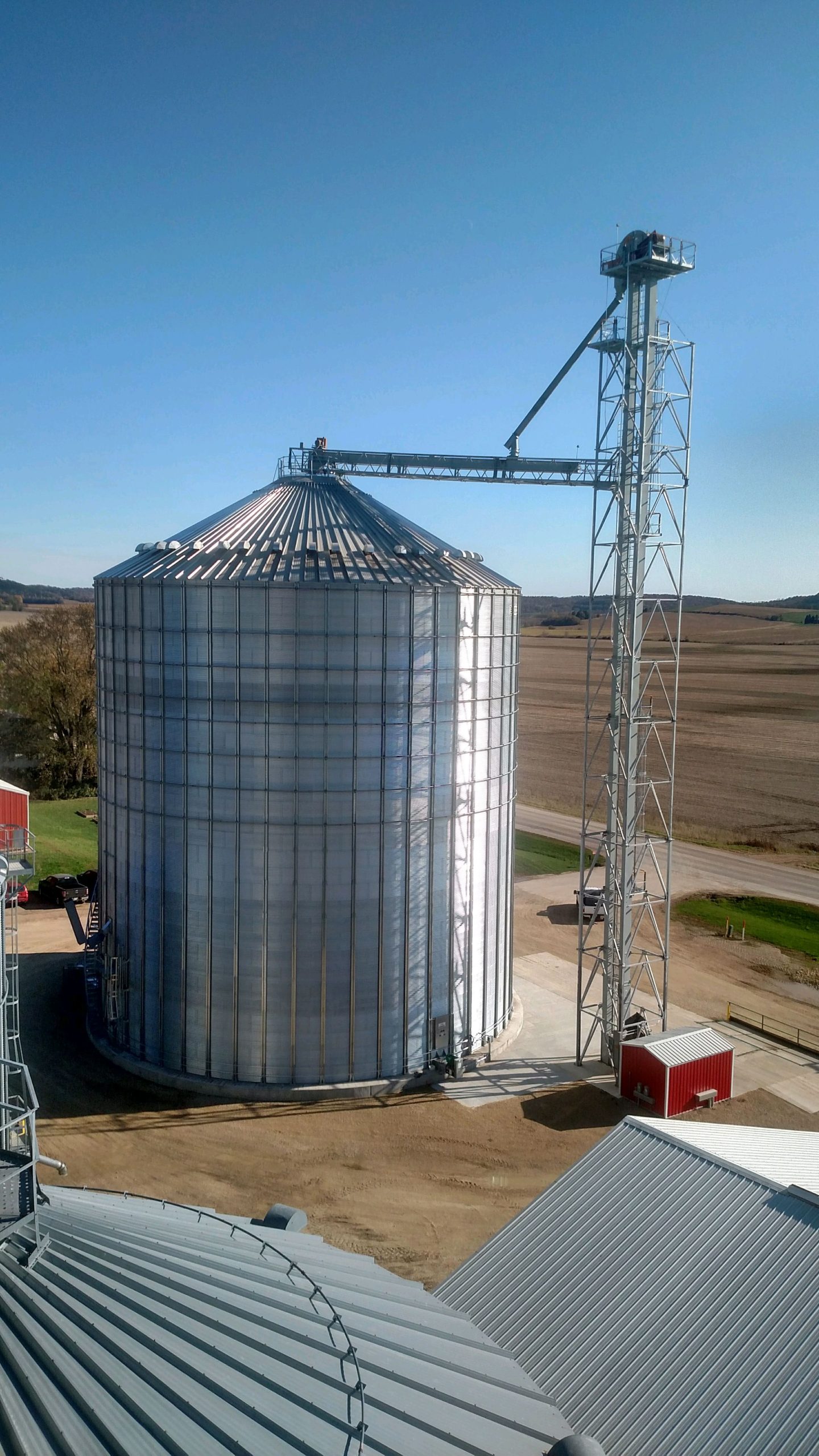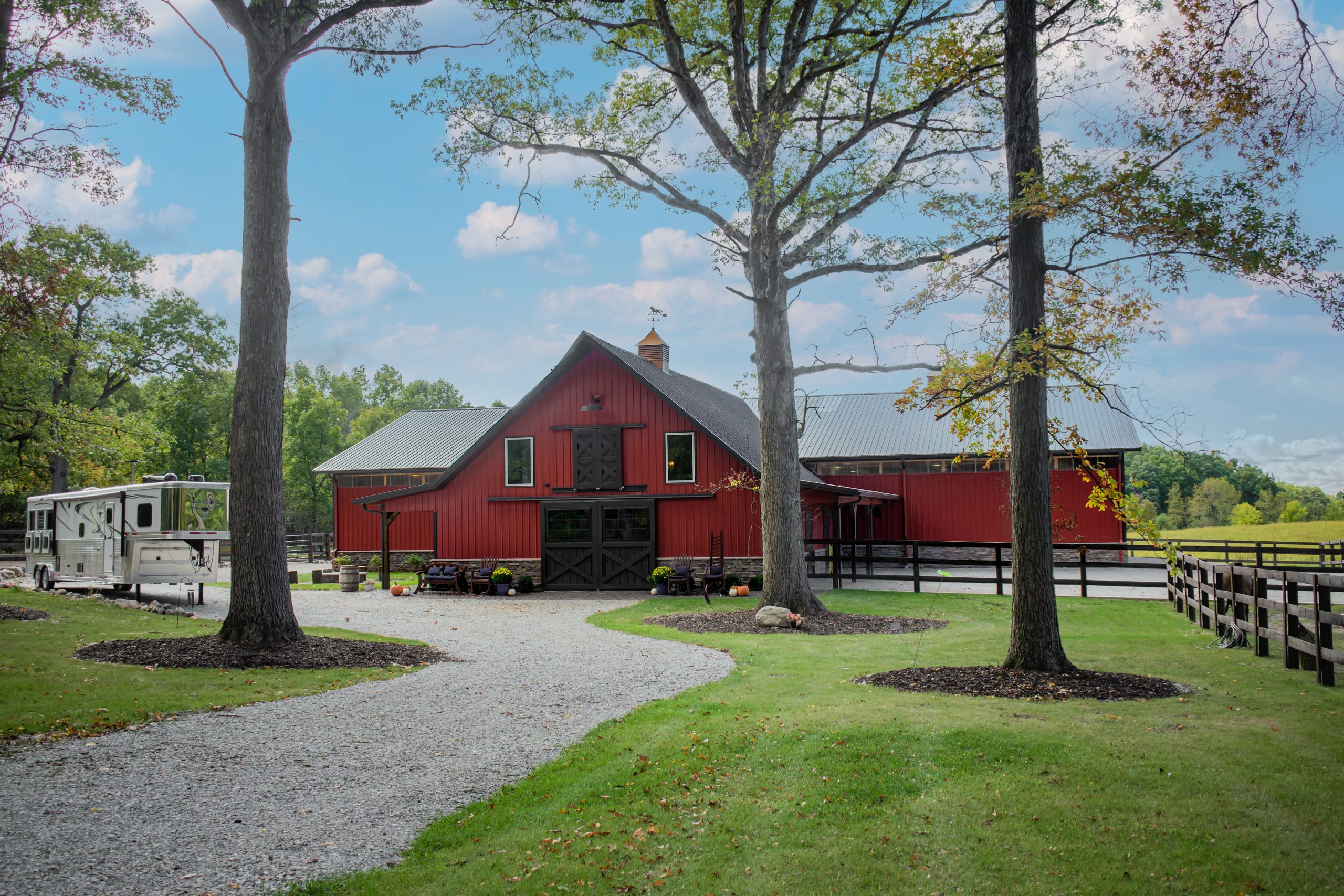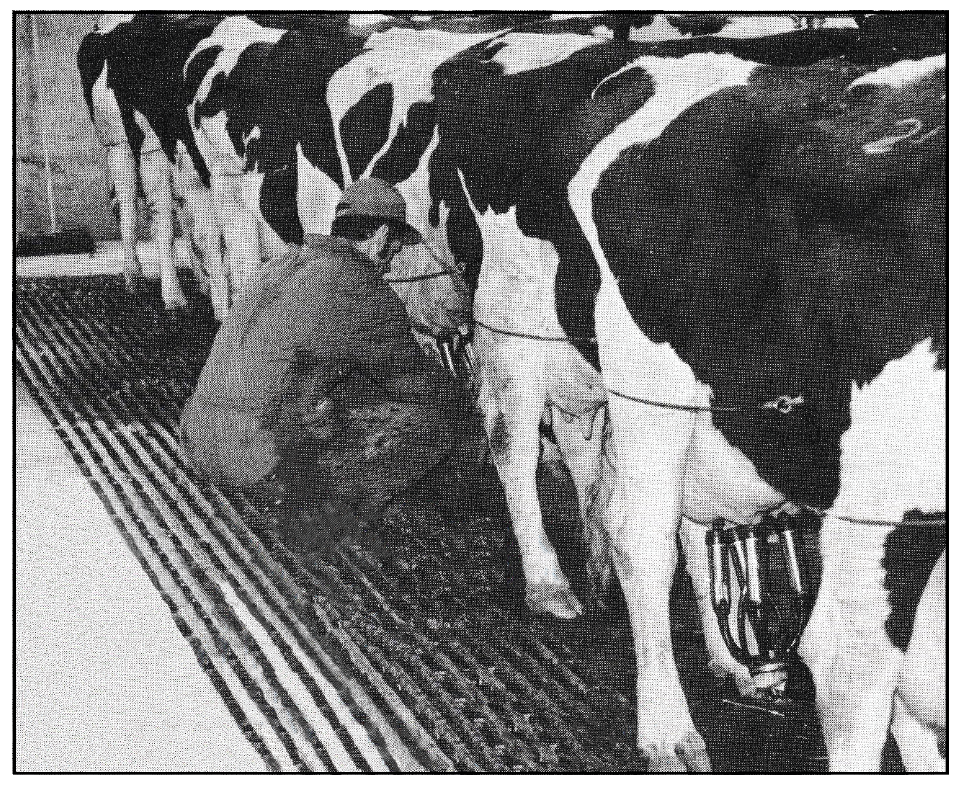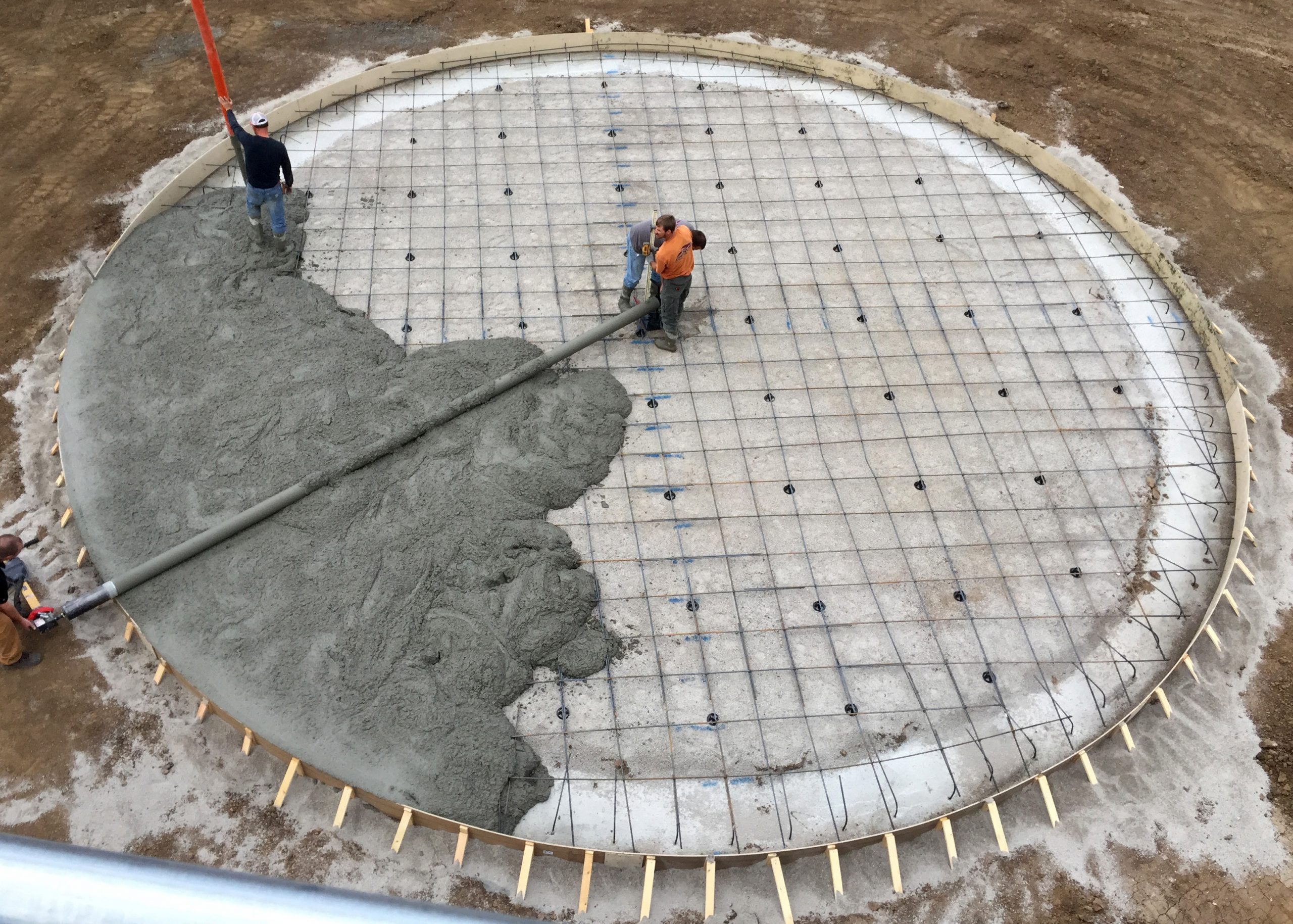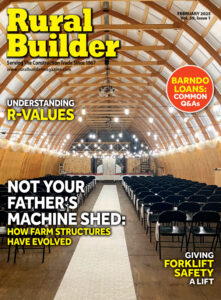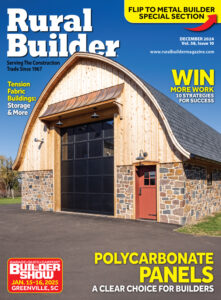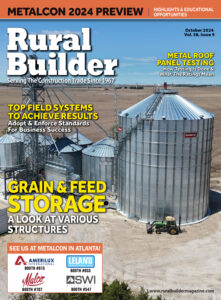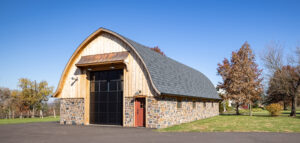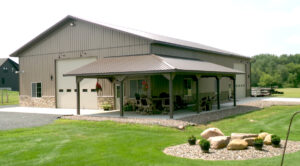By Jacob Prater
With any type of building, ventilation is an important factor. When that building is inhabited by livestock or people, then ventilation becomes even more important. While the usual custom for people in buildings might be relatively low density, livestock can be a different story. When there is a high density of livestock, adequate ventilation needs to ensure that there is no accumulation of dangerous gases, while also retaining or releasing heat and releasing water vapor.
Depending on the type of animals, density of animals, manure handling, and bedding use, the needs for ventilation will change and thus dictate how aggressive the ventilation system needs to be. Old barns with cupolas show one of the ways that ventilation was used in multiuse (hay storage, animals, equipment) buildings in the past. These old barns usually had only a few animals in them and were mostly for storage of equipment and hay, so they had relatively low ventilation requirements. Today’s livestock operations often need a bit more.
Make no mistake, there is no better ventilation than fresh air and sunshine, as that is what most animals are adapted to, but this may not be achievable in all climates or circumstances, especially where high productivity is concerned. Getting as close to this ideal of fresh air and sunshine as possible should be the goal with any livestock building. This said, there are a variety of ways to move air through a building to accommodate the ventilation needs of livestock. The range of possible ventilation methods varies from passive to active (mechanical) and centralized to zonal. Ventilation systems may use aspects of all these approaches and may be computerized and automated as well.
Bedding and manure handling will affect the accumulation of ammonia in a building and dictate some aspects of the ventilation system. If manure is flushed or quickly removed from a building, this may be less of an issue, but where bedding is used and manure may accumulate, it’s important to control the accumulation of ammonia. Controlling ammonia is likely more important in poultry than other animals, although hogs may be a close second. Adequate bedding use can reduce the amount of ammonia produced by manure and urine, but it isn’t likely to completely eliminate it. As such, some ventilation may help.
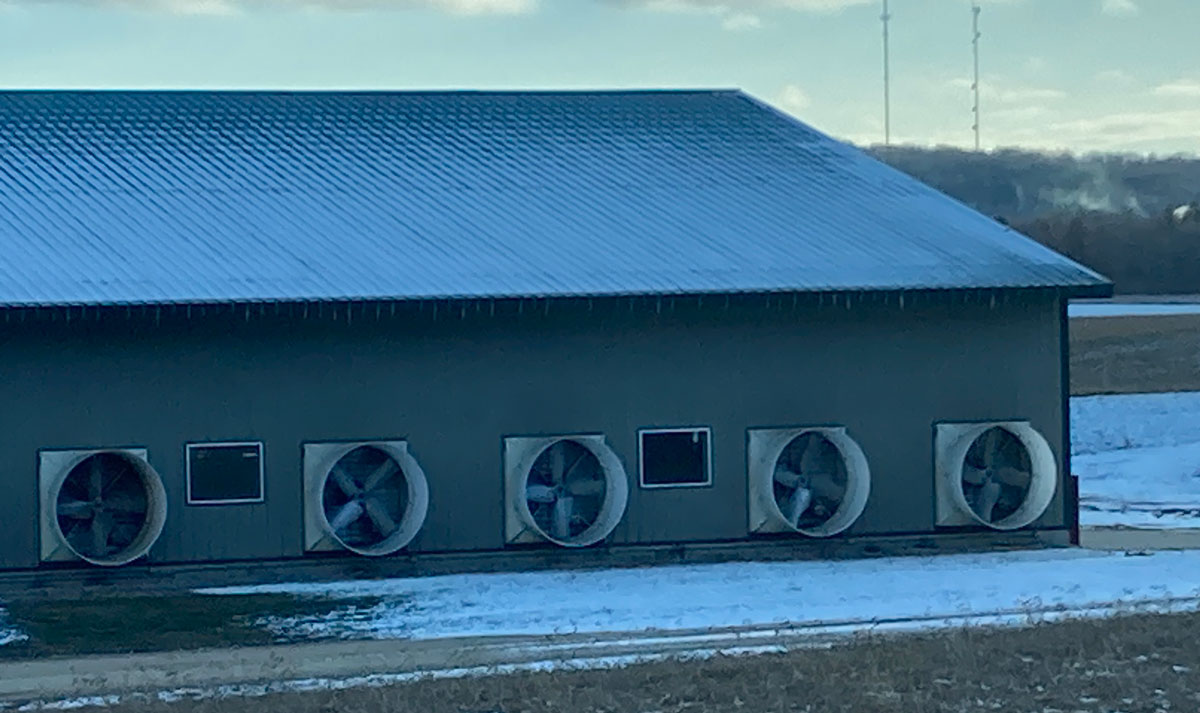
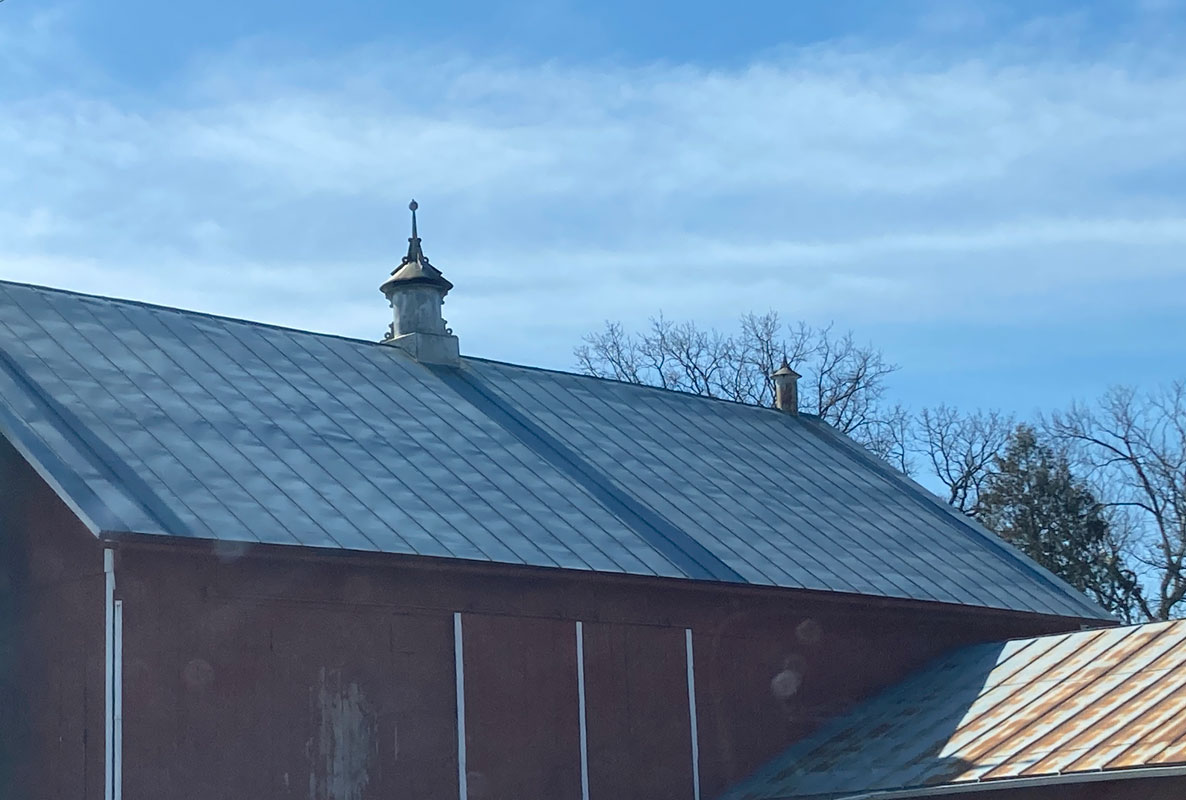

While all of this may seem complicated, the good news is that there are folks who research the needs for livestock ventilation and package that information for easy use. The quickest way to find the information needed is likely from a state’s extension service. They list recommendations for a variety of types of livestock as well as some different approaches for active or passive ventilation.
A quick example from South Dakota State Extension with calving barns shows that with 40 cow calf pairs in a building, an active ventilation system needs to move 2,040 cubic feet of air per minute (CFM). This information helps determine the size and number of fans to use. Then a decision must be made to use ventilation that’s crossflow (side to side in the building) or tunnel (along the long axis of the building).
Alternatively, the extension says that natural ventilation could be used by incorporating 2” of continuous ridge vent opening for every 10 feet of building width, along with 1 inch of continuous eave opening for every 10 feet of building width on each side wall. That’s really moving a lot of air! To put this in perspective, the University of Wisconsin Extension suggests that the air in a dairy barn should be replaced every 15 minutes in the winter and every 1 to 1.5 minutes in the summer. Again, that’s a lot of air movement!
Because of the varying needs of ventilation between seasons, it’s ideal to have an approach that can really control between large ventilation rates and slower ones. This can be done with many fans that can be turned on and off or with a few fans and the addition of side curtains (or doors and windows) that can be opened when there are larger ventilation needs.
When designing a building and ventilation system, some important considerations are energy reliability and cost and the location. If natural ventilation can be used in the building design, then there won’t be a recurring cost of energy or a potential disaster if power is lost.
The location, however, could prevent the ability to rely completely on natural (passive) ventilation. If the building site is blocked from prevailing winds, then it likely can’t rely on just natural ventilation. Additionally, there is a drawback to natural ventilation in that there is less control and, thus, it may sometimes overventilate (think too much airflow and thus heat loss in the winter) or underventilate (on a hot, still day).
Putting all this together is why it’s really common to see a variety of ventilation systems on farms and even a variety of systems on a single farm. A high value or more sensitive operation on the farm (think babies) might dictate greater control and a more active system, while a less sensitive livestock population (adults or larger animals) or life stage might allow for a passive or natural ventilation system.
The greatest utility comes from hybrid systems that can be adapted. A building designed for natural ventilation with side curtains (or doors or windows) and exhaust fans offers the most flexibility for any particular ventilation need. If this is used in a very large building, it can be taken a step further and allow for zonal ventilation control with multiple side curtains, internal baffles (big hanging curtains), and fans or banks of fans that can be individually controlled. A zonal system like this makes it possible to have one large building while optimizing the conditions for different ventilation needs for different groups of animals and keep down energy costs at the same time.
Whatever ventilation system is used, it’s very important that the efficiency of the system is maintained. Dirty fans or vent louvers and clogged vents won’t do the job they were designed to do. All parts of the ventilation system need to be kept clean and clear and fans should be kept operating properly (no loose belts). Take note of any condensation, mold, or other moisture issues as these are indicators that something isn’t going as it should in the ventilation system. RB


